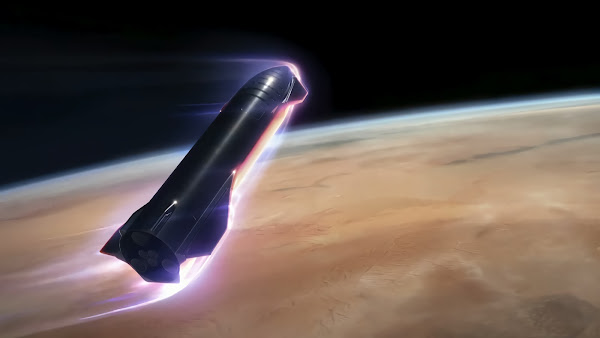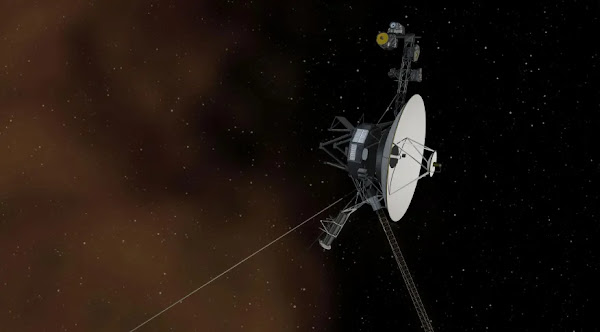Destaques
- Gerar link
- X
- Outros aplicativos
Starship
Conception and Initial Idea
The idea of creating a fully reusable spacecraft was the driving force behind the Starship project. SpaceX recognized the need for more advanced technology to significantly reduce launch costs and make space exploration more accessible. Elon Musk first announced plans for the Starship in 2016, with the goal of creating a spacecraft capable of carrying cargo and passengers to destinations beyond Earth, including the Moon, Mars, and beyond.
Development and Testing
The development of the Starship involved a series of iterations and intensive testing. SpaceX adopted an iterative approach, learning from each prototype version. The initial flight tests were conducted with prototypes called "Starhopper" and "SN5" and were instrumental in the development and refinement of the spacecraft's design In May 2021, a significant milestone was achieved when the Starship prototype SN15 successfully performed a suborbital flight and landed safely, demonstrating the potential of controlled landing and reuse technology. Features and Capabilities
The Starship is designed to be a high-capacity and versatile spacecraft. With a height of approximately 50 meters and a diameter of 9 meters, it has the ability to transport up to 100 passengers or a substantial payload to interplanetary destinations. One of the key features of the Starship is its reusability. Unlike traditional disposable spacecraft, the Starship is designed to land and be reused for multiple missions. This revolutionary approach has the potential to significantly reduce the costs associated with space travel and pave the way for more sustainable space exploration.
Latest Official Updates
SpaceX continues to enhance and refine the Starship. An important update was the introduction of the Raptor propulsion system, a highly efficient rocket engine that powers the spacecraft. Additionally, the company has conducted pressurization and cryogenic tests, essential to ensure the structural integrity and functionality of the Starship in extreme space environments. As the development of the Starship progresses, SpaceX envisions a future where it will play a vital role in various missions, including lunar landings and the eventual colonization of Mars. With its ambitious goals and continuous improvements, the Starship represents a significant step forward in advancing space exploration and realizing humanity's dreams of venturing beyond our home planet. Conclusion The Starship is a remarkable achievement in the field of space exploration. Its reusable design, advanced capabilities, and ongoing developments by SpaceX demonstrate a commitment to revolutionizing space travel and expanding the boundaries of human exploration. With the potential to make space more accessible and sustainable, the Starship holds great promise for the future of space exploration and the realization of our cosmic aspirations.
- Gerar link
- X
- Outros aplicativos
Postagens mais visitadas
The Higgs Boson: Unveiling the Particle that Shaped the Universe
- Gerar link
- X
- Outros aplicativos
The Voyagers: Humanity's Enduring Messengers in Deep Space
- Gerar link
- X
- Outros aplicativos



Comentários
Postar um comentário